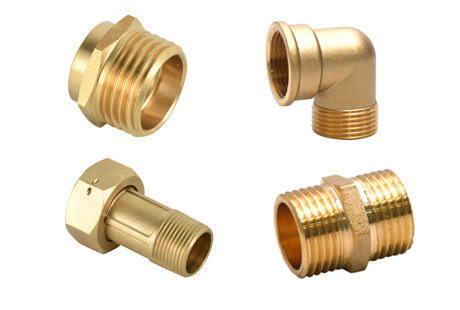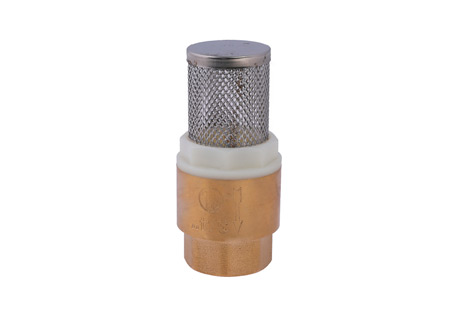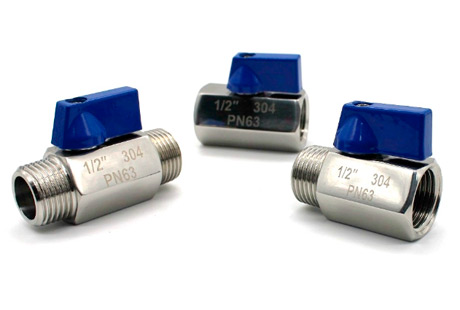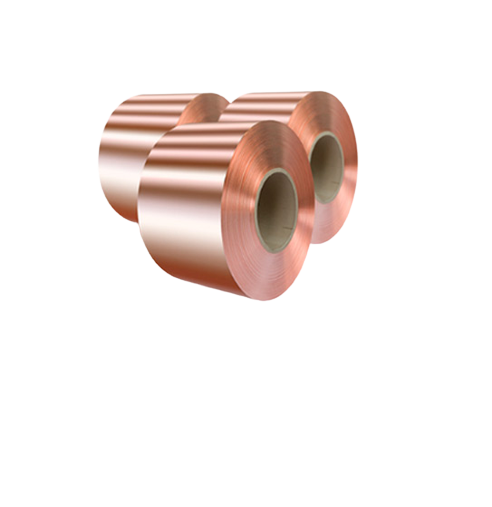The new energy vehicle industry conforms to the strategic decision of carbon peaking and carbon neutrality, and will undoubtedly become the direction and goal of future automotive industry development. According to EVTank data, global sales of new energy vehicles reached 6.25 million units in 2021, and it is estimated that global sales of new energy vehicles will reach 18 million units in 2025.
The charging system, three-electric system (battery, motor, electronic control), differential system, electric heater, entertainment and intelligent driving system of new energy vehicles, and some interfaces of new energy vehicles all require high-performance copper strips. The steady development of the new energy vehicle industry has driven the continuous development of automotive connectors. According to ICA data, the copper consumption per unit of new energy vehicles is 83 kilograms per vehicle. In 2021, the copper consumption of new energy vehicles reached 518,800 tons, and it is estimated that the global copper consumption of new energy vehicles will reach 1,494,000 tons in 2025. In 2021, the global copper consumption in the field of new energy reached 972,000 tons, and it is estimated that the global copper consumption in the field of new energy will reach 3,310,000 tons in 2025.
The reliability and safety requirements of connectors for new energy vehicles are relatively high, so the insulation and protection requirements for products are also higher. Generally, materials such as brass, phosphor bronze, and nickel-silicon copper are selected.
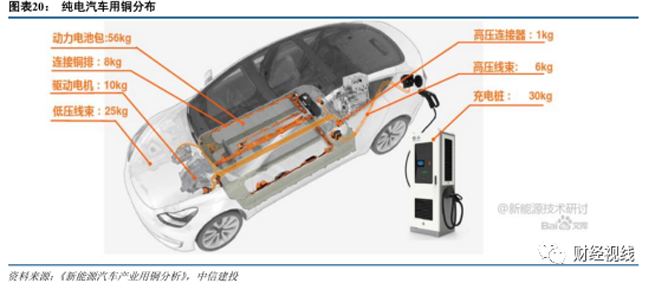
Jintian Copper was founded in 1986 and has been focusing on copper processing for more than 30 years. It specializes in the production of copper strips, copper plates, copper bars, copper wires, electromagnetic wires, magnetic steel, purple copper pipes, pipe fittings, valves, etc. It has production bases in its headquarters in Ningbo, Hangzhou Bay New Area, Jiangsu, Guangdong, Chongqing, Baotou, Vietnam, and other places, and has internationally advanced digital factories with an annual output of more than 1.3 million tons.
The contact part of the connector is the core component that completes the electrical connection function, accounting for about 15% of the weight of the wire harness. Connectors are located at both ends of the cable, connecting the wires with appropriate mating components, and play the role of electrical connection and signal transmission. Connectors are usually composed of contact parts (terminals and pins) and outer plastic covers. The contact part of the automotive wire harness is the core component that completes the electrical connection function of the automotive connector and is the key to ensure the normal operation of the wire harness terminal crimping. Therefore, there are high requirements for the mechanical/conductive/especially anti-stress relaxation and bending forming properties of the contact part using copper alloy materials, and its weight generally accounts for about 15% of the wire harness.
The contact part of the connector requires high temperature resistance, good processability and formability, uniform internal elasticity, good corrosion resistance, high electrical conductivity, thermal conductivity, and good weldability for copper materials. "General Specification for Electrical Connectors Contact Parts" (GJB1216) stipulates that contact parts generally use copper alloys for a maximum operating temperature of 125℃. There is no specified material category. The current connector standard only specifies the main technical parameters such as the working diameter of the contact part, gold plating layer thickness, separation force, and retention force, and does not specify the material grade, specifications, and condition of the copper alloy.
The connector industry in China has not experienced a forward design stage and all products are imitations. The copper material grade, specifications, and condition of the contact part are derived from foreign standards. In order to prevent bending damage during rigid pin insertion and removal, pins are often made of brass (H62, HPb59-1, etc.) with higher mechanical strength. In order to ensure reliable contact during elastic socket insertion, prevent plastic deformation and stress relaxation, sockets are often made of tin-phosphor bronze (QSn4-3, QSn6.5-0.1, etc.), beryllium bronze (C17200, QBe2, etc.), or nickel-silicon bronze (C70250, etc.) with higher elastic limit and fatigue limit and appropriate elastic modulus. Contact copper materials also require good processability and formability, uniform internal elasticity, good corrosion resistance, high electrical conductivity, thermal conductivity, and good weldability.
Jintian Copper has a nationally recognized laboratory and a national-level postdoctoral research work station. It has passed the IATF16949 quality system certification and is a professional copper material supplier in the automotive field.
Advantages of copper strips: stress relaxation rate is as low as 20% or less, stable and reliable electrical contact, and improved plug-in life. The surface roughness is as low as 0.12μm or less, ensuring good electroplating performance and effectively improving the service life and utilization rate of high-speed stamping molds.
Welcome to inquire, telephone: 0574-83005999, WeChat: 18057437999.

 English
English 日本語
日本語 한국어
한국어 français
français Deutsch
Deutsch Español
Español italiano
italiano العربية
العربية tiếng việt
tiếng việt Türkçe
Türkçe ไทย
ไทย 中文
中文

